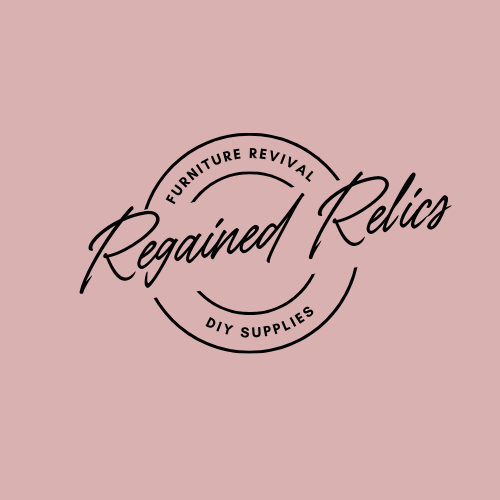
Timeless Charm: Upcycling a 200‑Year‑Old Piano Stool
Share
Breathing New Life Into a Historic Piece
Every antique has a story, and this piano stool is no exception. Solid, heavy, and nearly 200 years old, it carried the weight of history in its craftsmanship. The seat was still in remarkable condition, and as I worked on it, I couldn’t help but wonder about the many hands and homes it had passed through over the centuries.

Step 1: Preparing the Base
I began by scraping down as much of the old finish as possible. Along the way, I noticed faint traces of emblems that had once adorned each leg. At some point, someone had removed them and filled the gaps with wood filler, which meant a natural wood restoration wasn’t possible.
Step 2: A Fabric Find
While shopping for seat cushions and batting, I stumbled upon a gorgeous upholstery fabric in a clearance bin — the perfect match for this project. When I removed the old cushion cover, I was amused to find the seat stuffed with hay, a charming reminder of its age and authenticity.

Step 3: Reupholstering the Seat
With fresh batting and the new fabric, I reupholstered the seat, giving it comfort and style that will last for years to come.

Step 4: Choosing the Perfect Paint
For the base, I turned to my shop’s paint selection and landed on Storm – Alchemy by Fusion Mineral Paint. Its rich tone paired beautifully with the fabric. After cleaning the wood thoroughly with TSP Alternative, I applied two coats of Storm. To finish, I sealed the paint with Hemp Oil, adding durability and a soft sheen.
The Final Reveal
Once reassembled, the stool looked stunning — a perfect blend of antique character and modern elegance. It’s not only a beautiful piece but also practical, ready to serve another couple of centuries.

✨ Takeaway: Upcycling isn’t just about aesthetics; it’s about honoring history while making furniture functional and stylish for today. This piano stool proves that even the oldest pieces can be refreshed with creativity, quality materials, and a little imagination.
